Audi A7 Sportback (2010-2018) Review
With the A7 Sportback, Audi introduced the versatility of a hatchback to a larger, more luxurious cars
Strengths & weaknesses
- Sporty design
- Fast performance
- Some efficient engines
- Lack of rear headroom and boot space
- Large wheels can make the ride bumpy
- Hatchback boot is shallow
Traditionally, buyers in the market for a large car had little choice but to buy a dull-looking saloon, such as the Mercedes E-Class, BMW 5 Series or Audi A6.
But since carmakers decided that the creation of ever more niches is the way to capture customers from each other, that’s no longer the case. Each of those cars now has an alternative, a more distinctive version. The Mercedes CLS offers the sporty styling of a coupé, while the BMW 5 Series GT promises the extra practicality of a hatchback. The Audi A7 was launched in 2010 with the aim of offering both: a swooping design, but with a practical hatchback boot.
The A7 certainly looks sporty, but that style does come with a cost - its sloping roofline comes at the expense of rear headroom. Other than that, there’s plenty of space for occupants, front and rear, to stretch out. The boot is quite shallow, with a low, hard cover, but long when the rear seats are folded down flat. It’s easier to access than a saloon, too.
So the Audi is good looking and practical but it’s also pretty quick, whichever engine buyers choose – and those opting for the high-performance (and very expensive) S7 and RS7 versions will bag themselves very quick cars (0-62 in 4.6 and 3.7 seconds, respectively).
Meanwhile, at the other extreme is the ‘basic’, but still impressive, 3.0 TDI Ultra. In fact, almost all the engines, bar those in the two performance versions, are efficient 3.0-litre diesels (there were 2.8 FSI petrol cars on sale until November 2012, plus a 3.0 TFSI model). The Ultra is the most economical (62.8mpg) but still does 0-62mph in 7.7 seconds. It’s our pick of the range.
Most versions are quattro four-wheel drive but even the front-wheel-drive cars have decent grip and handle well, although not quite as well as the Mercedes CLS. Every version has a Drive Select system that allows drivers to adjust the suspension and steering to suit their taste (and the road conditions).
Be wary of those versions with the larger wheels: they spoil the ride, so you might need to either look for something with smaller wheels (which were a no-cost option) or factor in the cost of fitting smaller wheels (which you can offset by selling the larger ones). An adaptive air suspension was also available as an optional extra, so if you can find a car fitted with that, it does improve the ride quality
Audi interiors are generally stylish and beautifully put together – and the A7’s is no exception. Indeed, as one of Audi’s flagship models, it was state-of-the-art when launched. Still, the dash looks great, and all the controls are robust and operate with real precision. The acoustic windscreen helps suppress wind noise but it was only one feature in a standard equipment list that stretched to a sat-nav, heated leather front seats and a powered bootlid.
Key facts
| Warranty | Three years/60,000 miles |
|---|---|
| Boot size | 535-1,390 litres |
| Width | 1,910mm |
| Length | 4,974mm |
| Height | 1,420mm |
| Tax | £120-290 |
Best Audi A7 for...
Best for Economy – Audi A7 Sportback 3.0 TDI quattro Ultra 218 SE Executive
This economical diesel engine was introduced to the range in August 2014, returning a 60.1mpg and emitting 122g/km of CO2.
Best for Families – Audi A7 Sportback 3.0 TDI SE 204
The lowest-rated diesel (without quattro four-wheel drive) isn’t as quick as the more powerful options, but 55.4mpg and 135g/km of CO2 also mean lower running costs, without having too spend more on a TDI Ultra car.
Best for Performance – Audi RS7 Sportback
With a twin-turbo V8 4.0-litre TFSI engine under the bonnet producing 560hp, the RS7 can sprint to 62mph from a standing start in just 3.9 seconds.
History
- July 2010: A7 Sportback unveiled with the choice of naturally aspirated 204bhp 2.8-litre FSI and supercharged 300bhp 3.0-litre TFSI petrol units, as well as two variants of the 3.0-litre TDI diesel, producing 204bhp and 245bhp.
- August 2011: 3.0-litre TDI quattro 204hp models added to the line-up.
- January 2012: A twin-turbo V6 313hp Biturbo TDI engine joins engine line-up.
- November 2012: A7 Black Edition introduced, with 21-inch alloys with a dark titanium finish and lowered S line sports suspension, plus black finishes for the likes of the grille, number plate surrounds and the window frame strips, plus dark privacy glass.
- September 2013: High-performance RS7 introduced, with a 560hp V8 petrol engine that enables a 3.9-second 0-62mph.
- May 2014: A7 is revised, with some cosmetic changes to the exterior, the introduction of the MMI Touch infotainment system and a new engine, the 218hp 3.0 TDI, which returns 60.1mpg and produces 122g/km of CO2.
- December 2017: A7 replaced by new-generation model.
Understanding Audi A7 names
Engine 3.0 TD 245
There were a number of engines in the line-up over the life of the A7, with numerous versions of the 3.0 TDI diesel unit, which were followed by a number denoting their power rating in horsepower. Petrol engines were designated FSI (non-turbocharged) and TFSI (supercharged), which also included a power rating designation in the name.
Driven wheels Quattro
Most cars (apart from some TDI 204) have quattro all-wheel drive systems.
Audi A7 Engines
3.0 TDI 204, 3.0 TDI Ultra 218, 3.0 TDI 245, 3.0 BiTDI 313, 2.8 FSI, 3.0 TFSI, 4.0 TFSI
Audi changed the engine line-up of the A7 Sportback over the life of the car, introducing new engines as technology improved.
The four diesel units were all based on the 3.0 TDI V6 engine, with different power ratings. The initial units were rated with either 204hp or 245hp, with economy and CO2 figures of 55.4 mpg (48.7mpg with quattro) and 47.9mpg, and 135g/m (152g/km) and 156g/km. Both will have plenty of performance for most buyers, but those looking for greater economy will want to look for a post-2014 TDI Ultra car with 218hp and 58.9mpg.
And if a more powerful diesel is the aim, the 313hp 3.0 BiTDI is the best buy, with its 5.3-second 0-62mph should be the choice.
The 2.8 FSI isn’t recommended, as it lacks power (there are unlikely to be too many of the market, anyway) and the supercharged 3.0 TFSI has a very similar economy figure, despite vastly superior performance.
If serious performance is what’s required, the 443hp S7 or the beast that is the RS7 (560hp and a 3.9-second 0-62mph) would be the choices. They won’t be cheap though – even a four-year-old car is still £44,000 on BuyaCar (although that is almost half of the original purchase price).
|
Fuel |
Fuel economy |
Power |
Acceleration (0-62mph) |
Top speed |
|
|
3.0 TDI 204 |
diesel |
55.4mpg |
204hp |
7.4s |
146mph |
|
3.0 TDI 204 quattro |
diesel |
48.7mpg |
204hp |
7.2s |
146mph |
|
3.0 TDI 245 quattro |
diesel |
47.9mpg |
245hp |
6.3s |
155mph |
|
3.0 TDI Ultra 218 quattro |
diesel |
58.9mpg |
218hp |
7.3s |
149mph |
|
3.0 BiTDI 313 quattro |
diesel |
44.8mpg |
313hp |
5.3s |
155mph |
|
2.8 FSI quattro |
petrol |
35.3mpg |
204hp |
8.3s |
146mph |
|
3.0 TFSI quattro |
petrol |
34.4mpg |
310hp |
5.6s |
155mph |
|
4.0 TFSI quattro |
petrol |
29.0mpg |
443hp |
4.5s |
155mph |
|
4.0 TFSI |
petrol |
28.8mpg |
560hp |
3.9s |
155mph |
Audi A7 Trims
SE, SE Executive, S line, Black Edition, S7, RS7
The A7 was launched as a car near the top of the Audi range, so there was a good level of specification to most.
The SE cars were fitted with xenon headlamps, an electric tailgate, leather trim throughout the cabin, electrically adjustable and heated front seats, cruise control, the MMI information system, satellite navigation, Bluetooth,and DAB digital radio.
The more expensive S Line models add a firmer suspension system (with a Sport suspension also an option).
Black Edition cars add 21-inch wheels with a dark titanium finish, lowered S line sports suspension, black exterior trim, piano black interior inlays, sports seats in black Valcona leather, black headlining, a Bose stereo upgrade.
The S7 is even better equipped, with a choice of various trim finishes, including carbon fibre.
RS7 cars have all the luxury features you’d expect from a £80,000 car, including quilted leather seats
As the A7 is an Audi, there’s an extensive options list, which includes an upgrade from the MMI control system to MMI Touch with an 8-inch monitor and touch sensitive control pad. Later versions have a navigation upgrade with a connectivity function that enables news, weather and route information updates.
New on the A7 was a head-up display, while a park assist system detects parking spaces that are large enough for the car and then take over the steering to manoeuvre the car into them.
Audi A7 Reliability and warranty
The A7 was a rather exclusive model, so it didn’t show up in contemporary Driver Power surveys, but apart from a few reports of transmission issues, there are no major accounts of poor reliability. The warranty was three years or 60,000 miles, so many of the original cars will now be out of cover. With any fixes likely to be costly, a third-party warranty is something to consider.
Used Audi A7
The A7 Sportback might not have sold in big numbers, but there are plenty of used examples now on the market, with early cars on sale for as little as £10,000 (albeit with six-figure mileages).
The pick of the bunch is the 3.0 TDI Ultra, which went on sale in 2014 and offers the best fuel economy figure in the range. These start at around £22,000.
Petrol cars are pretty hard to find, thanks to most buyers opting for diesels, which were no slouches and had considerably better running costs. However, expect to pay at least £27,000 if you can find one.
Other Editions
.jpg?width=400&height=225&format=webp)
A7 (2018)
An accomplished coupé-like executive cruiser, the A7 Sportback is a well-executed blend of luxury and performance

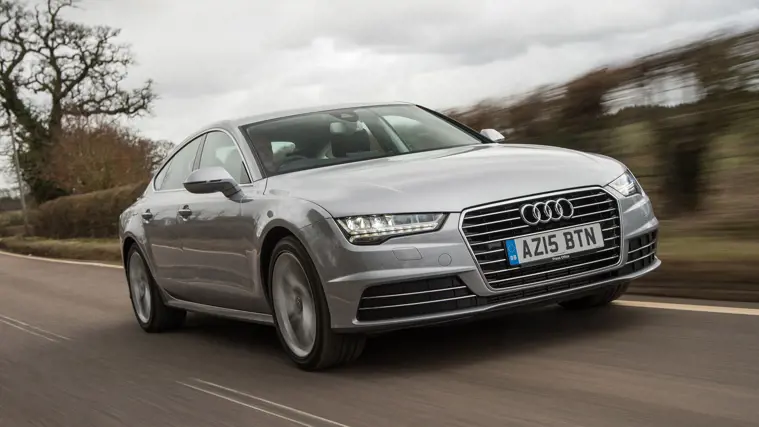
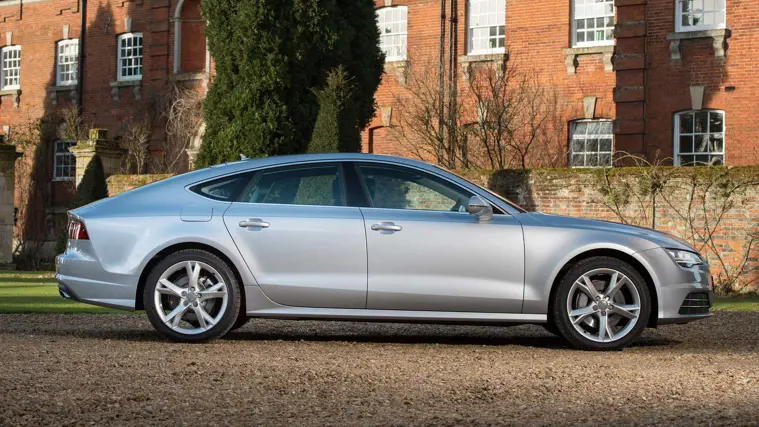
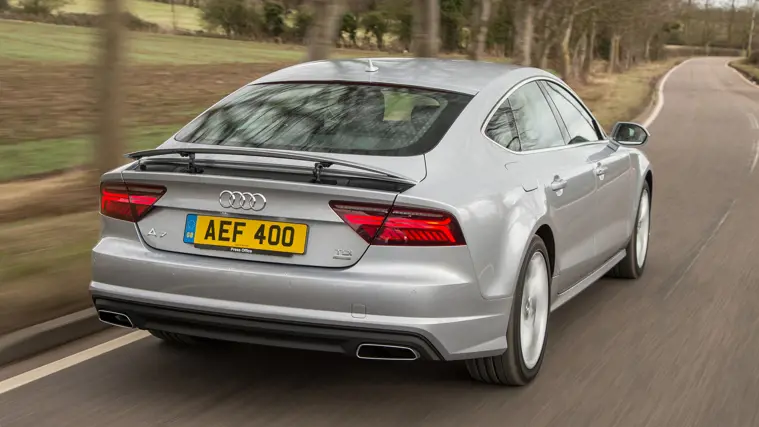
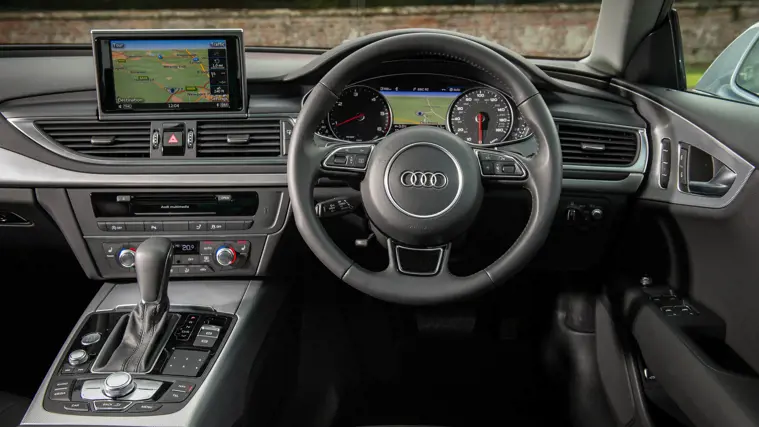
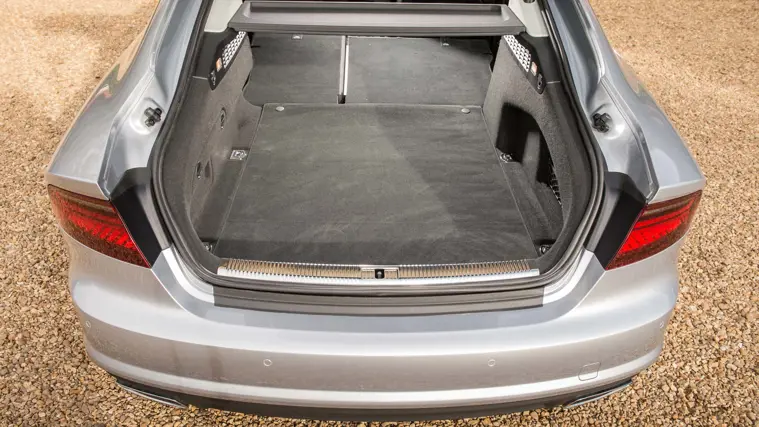
.jpg?width=759&height=427&format=webp)
.jpg?width=759&height=427&format=webp)